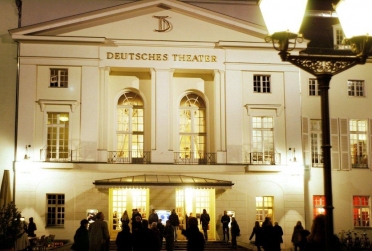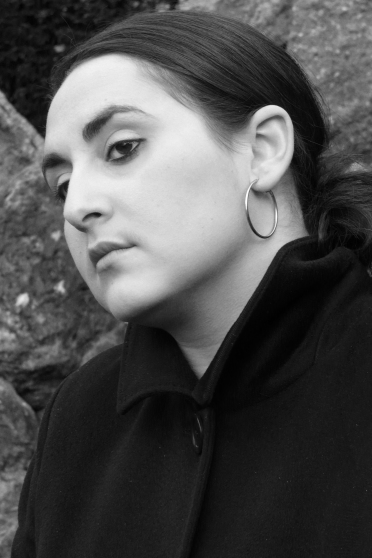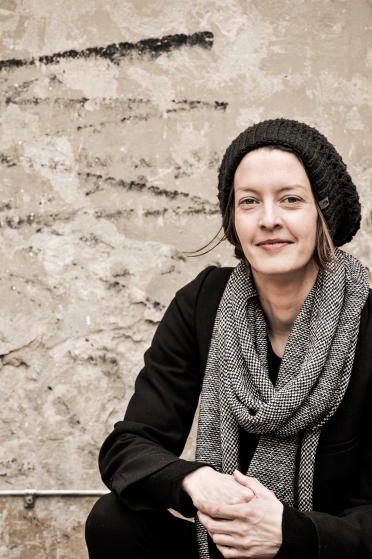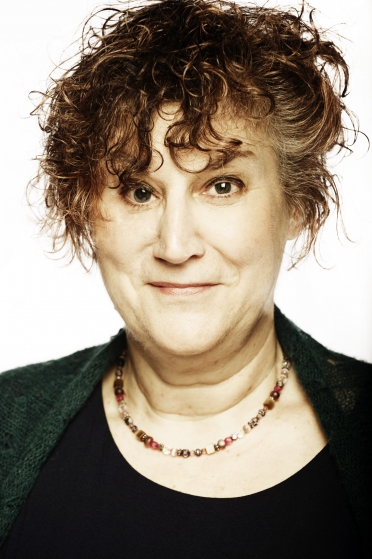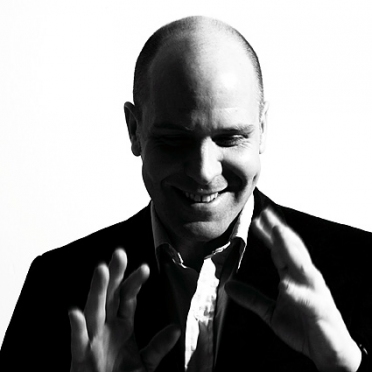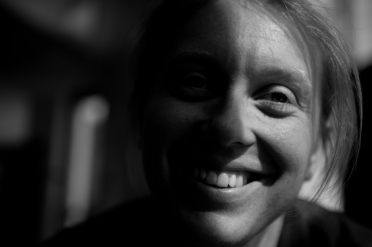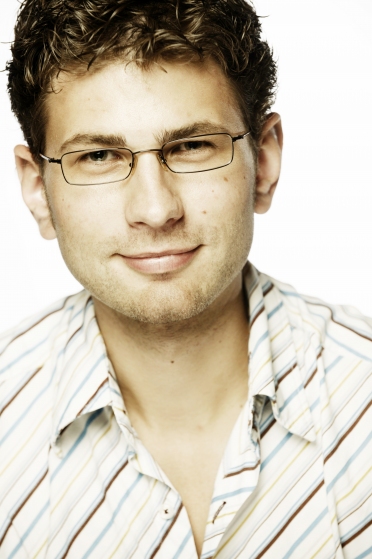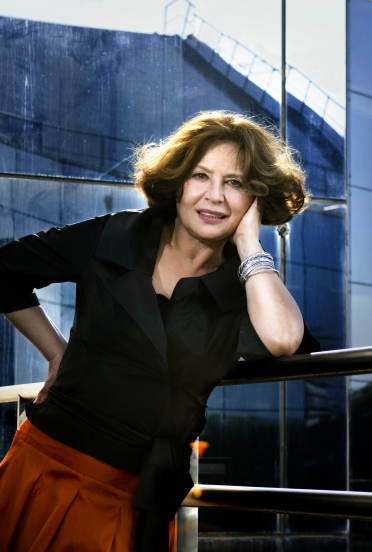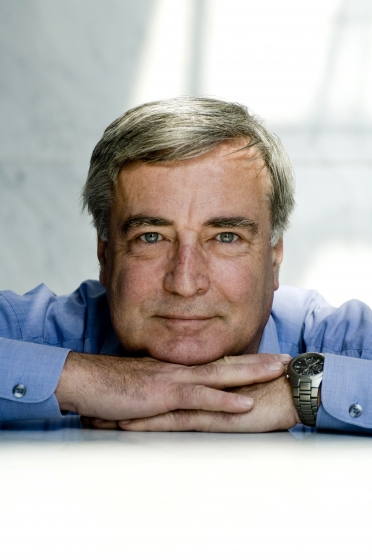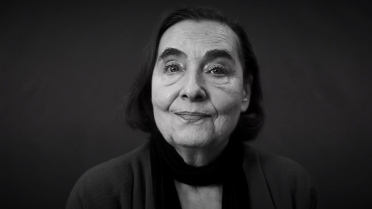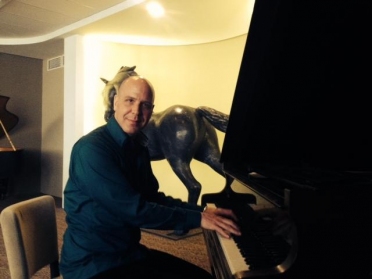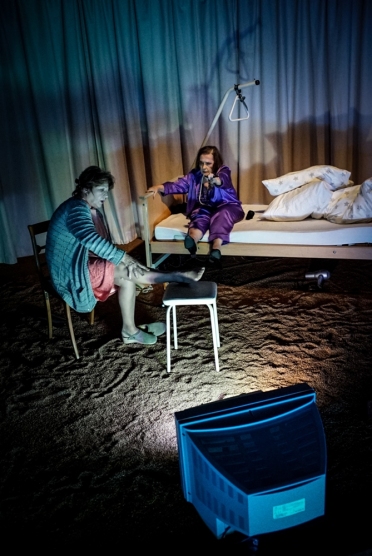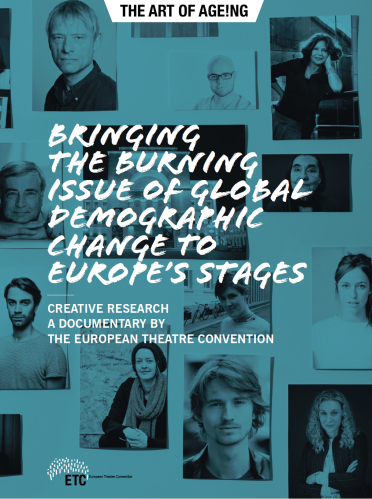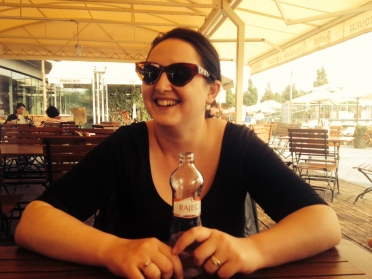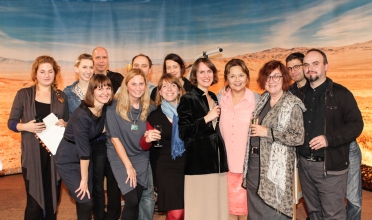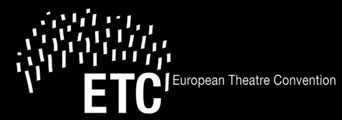

The Slovak National Theatre, one of the country’s most important cultural institutions, was established in 1920. Today it comprises drama, opera and ballet sections, each with its own permanent professional company, with a central scene shop providing sets for all productions.
Companies perform in two buildings: the "historical" building on Hviezdoslavovo námestie, and the new building, opened in April 2007.
The SND is a repertory company with a season extending from the beginning of September to the end of June, with at least 8 premieres every season. Dramatic performances are staged every day except Monday. Currently, the theatre has 31 plays in its repertoire.
Drama has an ensemble of 50 actors, 82 technicians and 22 people working in administration. Overall, Slovak national theatre has 902 employees.
Plays in Slovak were performed as early as 1831 and have played an important role in the process of national revival. However, there were no professional Slovak actors in the early years of the dramatics group of the SND. The first professional actors were Czechs from East Bohemia, who performed in the Czech language. Maryša by the Mrštík brothers was the first play performed at the SND and premiered in March 1920. By May of the same year, the public could see two one-act plays in Slovak by Jozef Gregor Tajovský. In 1921, the first Slovak actors joined the SND. After the arrival of the first professional Slovak director, Ján Borodáč, in 1924, the number of plays being performed in Slovak increased.
In 1932 SND’s dramatic group divided into two — the Czech group, headed by director Viktor Šulc, and the Slovak group, headed by J. Borodáč. Fruitful communication between the two groups and their directors contributed to their further development.
In the changed political conditions of 1938-1939, after the Munich Agreement and the disintegration of Czechoslovakia, SND’s Czech dramatics group disbanded. Most Czech artists left Slovakia. Slovak drama developed. During the existence of the wartime Slovak Republic (1939-1945) not only aesthetic but also ideological orientation became polarized in the ensemble. On the one hand, there was traditionalist and conservative Ján Borodáč, on the other, there were the experimenting, openly critical and democratically oriented Ján Jamnický and Jozef Budský. The dramatics group of the SND became a site of artistic as well as political confrontation which culminated in the explicit antifascist Slovak National Uprising (1944).
After the war, in the re-established Czechoslovakia, a generation change took place in the SND. Actors, great personalities, who had not been allowed to appear there for political, racial or national reasons, returned to the theatre. The efforts to make synthetic poetical theatre culminated in several impressive stagings of poetry which evoked a great response in visitors. After the communist coup in 1948 this aesthetic orientation in the SND was forcibly interrupted and the era of ’the only proper ideology’ of Marxism-Leninism and the so-called socialist realism started.
However, as early as 1956, hand in hand with the first slight lessening of Stalinism, the SND dramatics group returned to its efforts of staging independent works.
